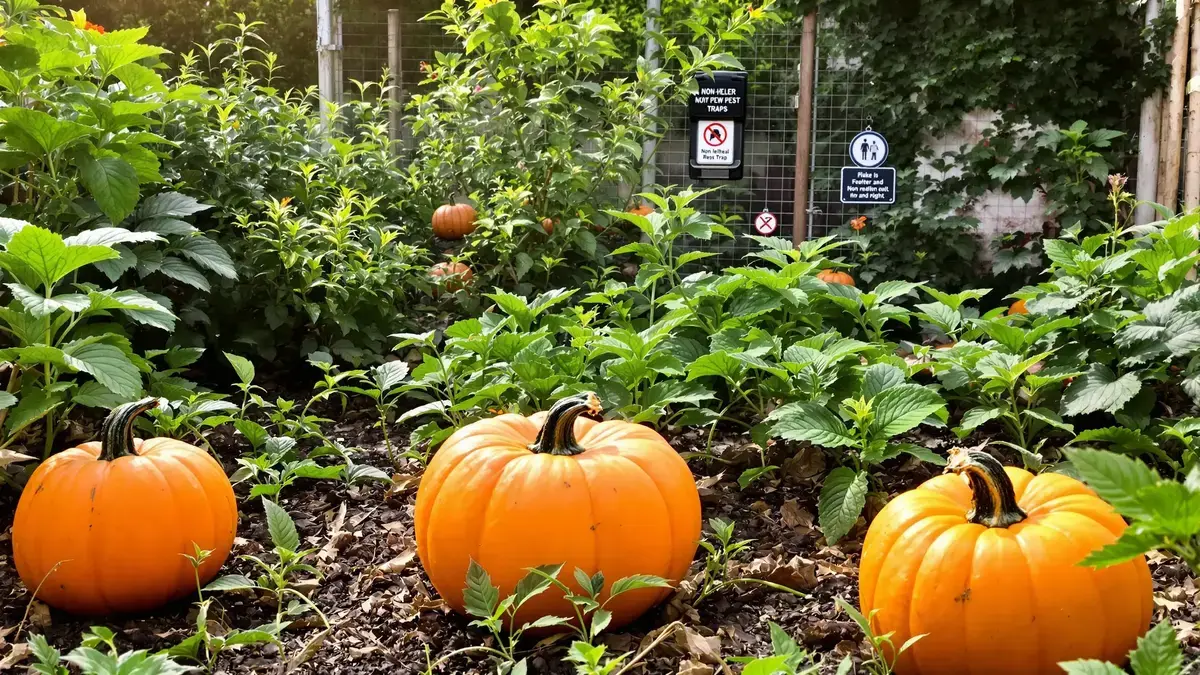Gardens, true sanctuaries of biodiversity, often become targets for pests such as rats and mice. These rodents, attracted to essential plants like pumpkins, compromise the health of crops and spread diseases. Prevention is crucial: it is better to avoid their infiltration than to fight against an invasion. Integrating repellent plants and physical measures helps protect these natural spaces.
The essentials of the information
- Gardens attract rats and mice, threatening crops.
- Pumpkins are particularly targeted, increasing their presence.
- Prevention and hygiene measures are crucial to avoid invasion.
- Integrating repellent plants and using non-lethal traps are effective solutions.
An incredible little animal faces a pack of wolves, with no help in sight
Gardens as Targets
Gardens are flourishing spaces that, unfortunately, also attract pests such as rats and mice. These rodents, in search of vital food, often target certain plants that are crucial for gardeners, like pumpkins. Due to their generous size and taste, pumpkins represent a real feast for these animals, which increases the presence of these pests in gardens.
Problems Caused by Their Presence
The presence of rats and mice in gardens is not limited to the simple consumption of crops. Indeed, these rodents pose serious problems for gardeners, including destruction of crops and spread of diseases. The damage caused by these pests can lead to considerable losses, both emotionally and financially, for those who grow their own food or cultivate plants for commercial purposes.
Essential Prevention
To face this threat, prevention is essential. It is better to avoid their infiltration than to have to fight against an invasion once it has occurred. Gardeners must therefore anticipate and implement effective measures to protect their plants and cultivation spaces.
Attraction of Pumpkins
Pumpkins are particularly likely to attract rats and mice due to their size and nutritional value. Those who grow pumpkins must be particularly vigilant, as these rodents tend to make them their dish of choice, which can quickly lead to an infestation if measures are not taken.
Use of Repellent Plants
One of the effective methods to deter pests is to integrate repellent plants into the garden. Species such as amaryllis and mint are known for their deterrent properties, creating a natural barrier against the intrusion of rats and mice. By cultivating these plants around vulnerable crops, gardeners can reduce the risk of infestation.
Physical Protection Measures
Moreover, resorting to physical measures is highly recommended. Secure fences can form a barrier against rodent access, while using non-lethal traps allows for controlling pest populations without brutally eliminating them. These approaches, combined, offer a solid prevention strategy.
Rigorous Hygiene and Integrated Management
The key to success in the battle against these pests lies in rigorous hygiene. It is essential to eliminate all potential food sources, such as food scraps and poorly managed compost piles. An integrated pest management approach, which combines multiple prevention and control methods, minimizes the risks of invasion and protects gardens from external threats.
Preparation and Planning
Finally, preparation and planning are crucial elements in preserving the health of gardens. Gardeners must be vigilant and anticipate potential invasions, equipping themselves with the necessary knowledge and tools to act quickly and effectively. This proactive approach is essential for maintaining a healthy and productive garden, free from pests that threaten its crops.











